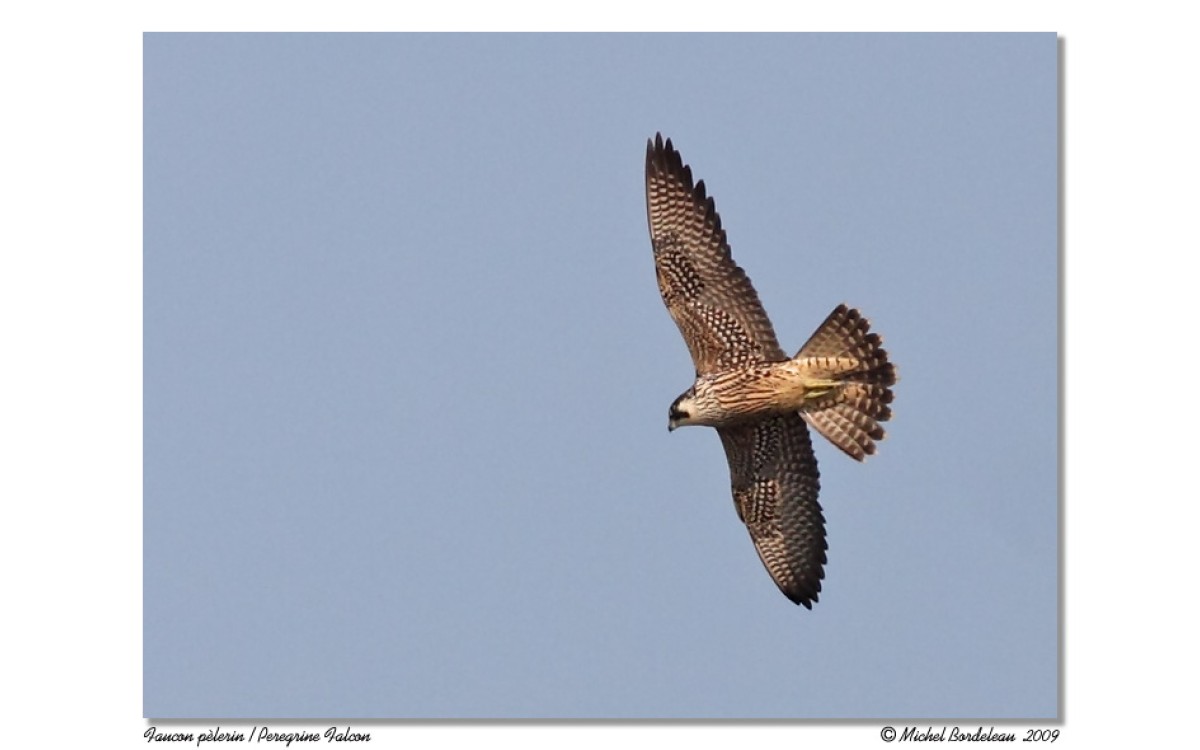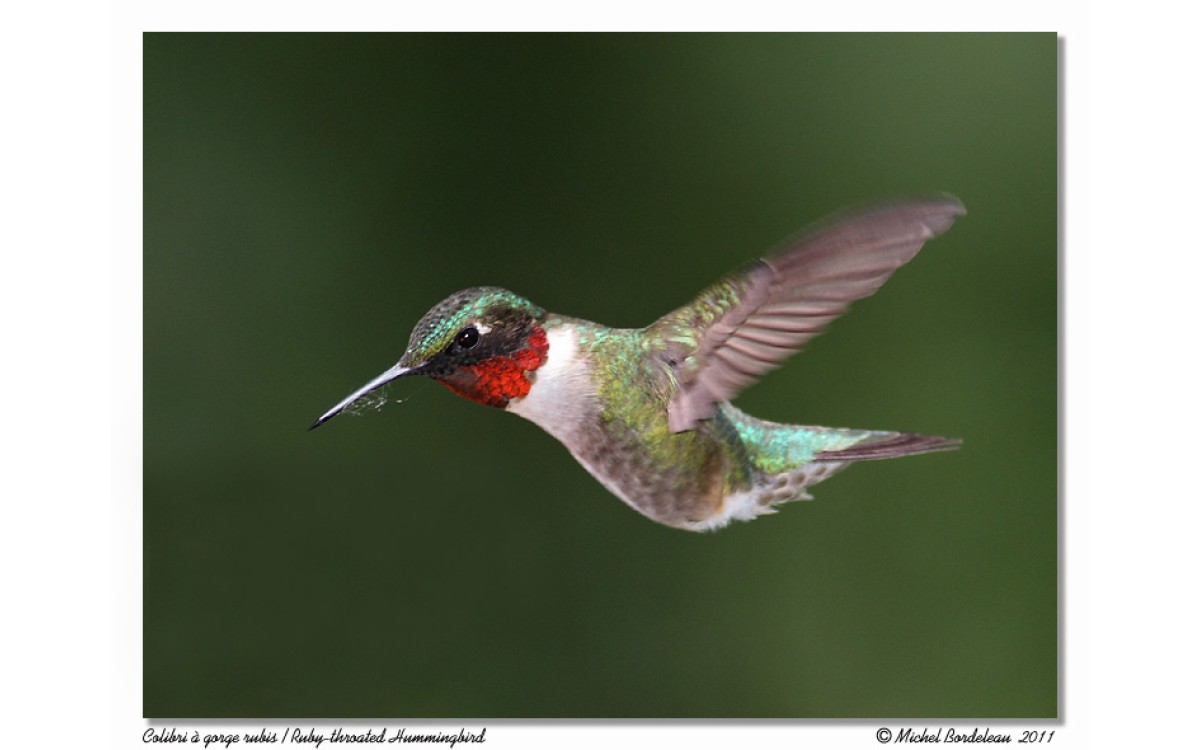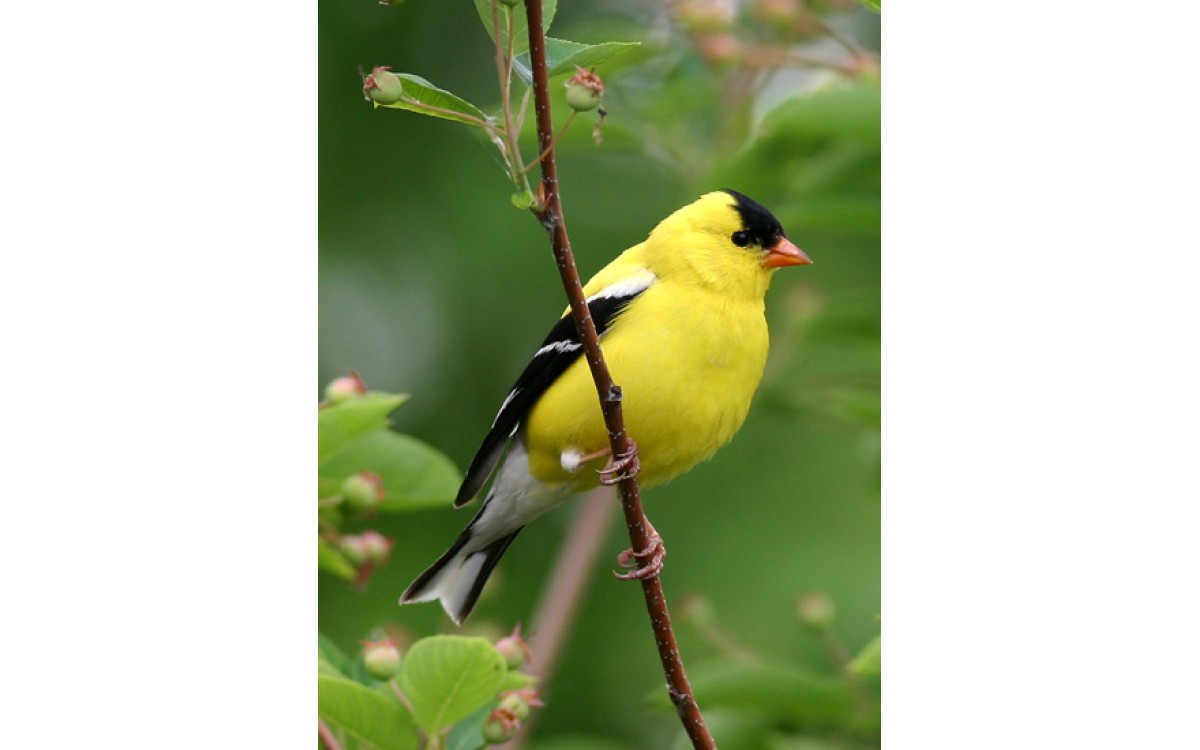Modern Falconry: A Feathered Security Force at Canadian Airports
From Medieval Tradition to Modern Application
Falconry, a practice that dates back to the Middle Ages, has found a new and vital role in today’s aviation industry. In Canada, companies like Services Environnementaux Faucon (SEF) and Falcon Environmental Services use trained birds of prey (including gyrfalcons, peregrine falcons, and eagles) to help prevent bird strikes at airports.
These expert teams take advantage of the natural predator-prey relationship: when other birds see a raptor in flight, they instinctively flee the area, recognizing the danger. Trained falcons may chase decoys or fly in defined territories between handlers, creating a safe zone by triggering alarm calls among nearby birds, a clear signal: “It’s time to move on!”
Why Falconry Works So Well ?
This method offers several advantages over traditional bird control techniques:
- Natural and environmentally safe
No pesticides or toxic substances involved.
- Instinctive response
Prey birds flee instinctively, with minimal habituation.
- Flexible and dynamic
Falconers can adapt to seasonal bird activity.
- Cost-effective
Long-term savings on aircraft damage, downtime, and operations.
Traditional Bird Control Methods
Airports have long used a combination of tactics to deter birds:
- Auditory deterrents
Propane cannons, pyrotechnics, and noisemakers.
- Landscaping
Mowing grass and covering open water sources to reduce attraction.
- Lethal methods such as shotguns, now largely phased out in favor of ethical alternatives in most Canadian airports.
Despite their use, many artificial methods lose effectiveness over time as birds habituate. Raptors, on the other hand, never lose their edge, their presence taps directly into the prey species’ survival instincts.
Growing Bird Populations, Growing Risk
Thanks to wildlife refuges and bans on harmful pesticides like DDT, bird populations have rebounded in many regions. This is good news ecologically, but creates more challenges at airports. More birds = more bird strikes.
In Canada, Transport Canada tracks wildlife strikes, but long-term monitoring of bird populations around airports is still underdeveloped. Companies like SEF are encouraging data-driven approaches, with regular surveys to tailor interventions to local and seasonal bird activity.
Bird Strikes: A Serious Concern
The dangers are real:
- Financial impact
A single bird strike can cost millions in repairs and delays.
- Risk to human life
The 2009 emergency landing of US Airways Flight 1549 on the Hudson River, after a double engine failure due to geese collision, remains a famous example of how serious the threat can be.
- Conservation concern
Many bird species involved in strikes are protected ; lethal control isn’t sustainable.
A Smarter Approach to Airport Wildlife Control
Modern best practices include :
- Initial wildlife assessment
Identify which species frequent the airport and why.
- Deploying falconry programs
Trained raptors fly around (not directly over) runways to deter birds safely.
- Data monitoring
Tracking bird activity, weather, flight schedules, and strike data.
- Integrated deterrence plans
Combining falconry with sound deterrents, habitat modification, drones, and even trained dogs.
In Summary
Falconry brings a powerful, natural, and ethical solution to the growing problem of bird strikes. It is already in use at several Canadian and American airports and shows high effectiveness compared to traditional methods. With proper training and long-term planning, these “feathered security guards” help make air travel safer for humans and birds alike.





